Tens of millions of stars and galaxies, among them hundreds of thousands that are unexpectedly fading or brightening, have been catalogued properly for the first time.
Nov 29th, 2013
Read more
A combination of pop songs, talkback radio and cutting-edge science has enabled Australian astronomers to identify a way to prevent catastrophic, multi-billion dollar space junk collisions, a new study has revealed.
Nov 29th, 2013
Read more
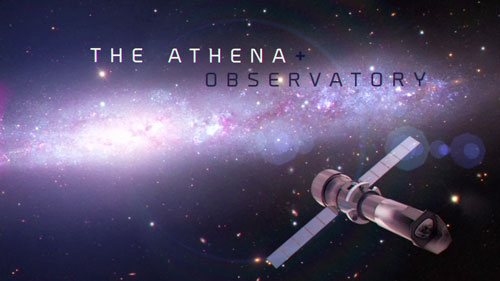 At its meeting in Paris today, the Science Programme Committee of the European Space Agency (ESA) selected the 'The Hot and Energetic Universe' as the theme for its next Large mission, which is expected to be launched in 2028.
At its meeting in Paris today, the Science Programme Committee of the European Space Agency (ESA) selected the 'The Hot and Energetic Universe' as the theme for its next Large mission, which is expected to be launched in 2028.
Nov 28th, 2013
Read more
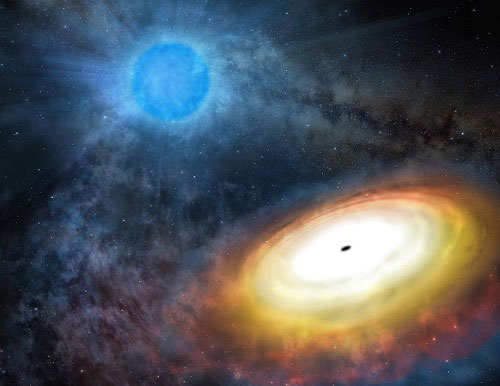 Gemini observations support an unexpected discovery in the galaxy Messier 101. A relatively small black hole (20-30 times the mass of our sun) can sustain a hugely voracious appetite while consuming material in an efficient and tidy manner - something previously thought impossible. The research also affects the long quest for elusive intermediate-mass black holes.
Gemini observations support an unexpected discovery in the galaxy Messier 101. A relatively small black hole (20-30 times the mass of our sun) can sustain a hugely voracious appetite while consuming material in an efficient and tidy manner - something previously thought impossible. The research also affects the long quest for elusive intermediate-mass black holes.
Nov 27th, 2013
Read more
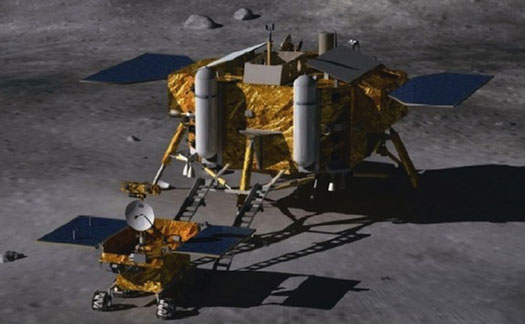 China is counting down to the launch of its first lunar rover mission, which will blast off early next month.
China is counting down to the launch of its first lunar rover mission, which will blast off early next month.
Nov 27th, 2013
Read more
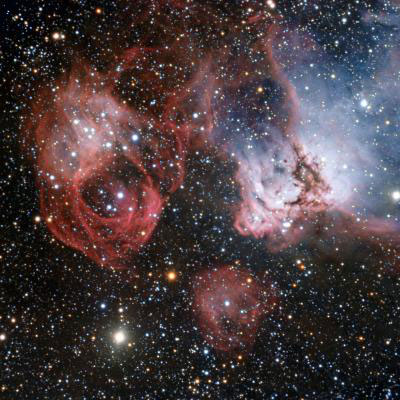 The Large Magellanic Cloud is one of the closest galaxies to our own. Astronomers have now used the power of ESO's Very Large Telescope to explore one of its lesser known regions. This new image shows clouds of gas and dust where hot new stars are being born and are sculpting their surroundings into odd shapes. But the image also shows the effects of stellar death - filaments created by a supernova explosion.
The Large Magellanic Cloud is one of the closest galaxies to our own. Astronomers have now used the power of ESO's Very Large Telescope to explore one of its lesser known regions. This new image shows clouds of gas and dust where hot new stars are being born and are sculpting their surroundings into odd shapes. But the image also shows the effects of stellar death - filaments created by a supernova explosion.
Nov 27th, 2013
Read more
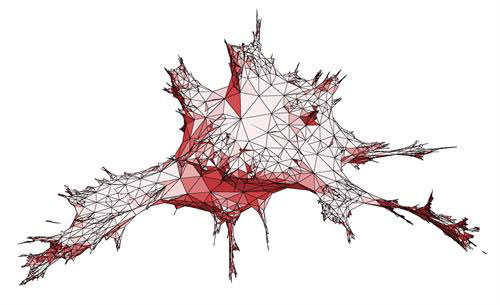 The Dutch Foundation for Fundamental Research on Matter (FOM) has awarded a 1.2 million Euro grant to the research program 'Quantum gravity and the search for quantum spacetime', led by professor Renate Loll of Radboud University Nijmegen.
The Dutch Foundation for Fundamental Research on Matter (FOM) has awarded a 1.2 million Euro grant to the research program 'Quantum gravity and the search for quantum spacetime', led by professor Renate Loll of Radboud University Nijmegen.
Nov 27th, 2013
Read more
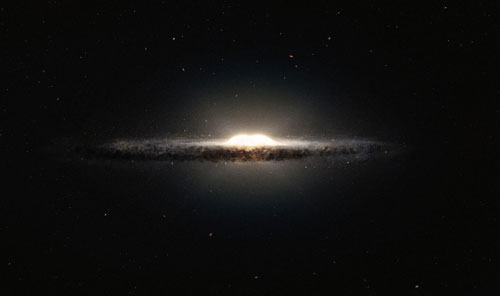 Two months ago astronomers created a new 3D map of stars at the centre of our Galaxy, showing more clearly than ever the bulge at its core. Previous explanations suggested that the stars that form the bulge are in banana-like orbits, but a paper published this week suggests that the stars probably move in peanut-shell or figure of eight-shaped orbits instead.
Two months ago astronomers created a new 3D map of stars at the centre of our Galaxy, showing more clearly than ever the bulge at its core. Previous explanations suggested that the stars that form the bulge are in banana-like orbits, but a paper published this week suggests that the stars probably move in peanut-shell or figure of eight-shaped orbits instead.
Nov 27th, 2013
Read more
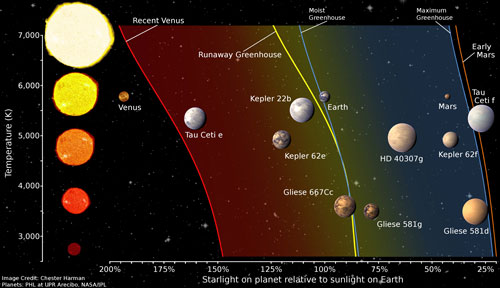 Scientists should take the conservative approach when searching for habitable zones where life-sustaining planets might exist, according to James Kasting, Evan Pugh Professor of Geosciences at Penn State, including when building terrestrial planet finders.
Scientists should take the conservative approach when searching for habitable zones where life-sustaining planets might exist, according to James Kasting, Evan Pugh Professor of Geosciences at Penn State, including when building terrestrial planet finders.
Nov 26th, 2013
Read more
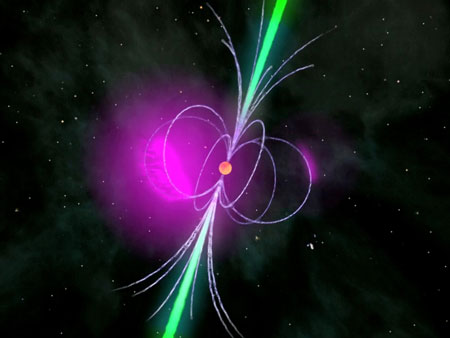 Einstein@Home volunteers find four cosmic lighthouses in data from NASA's Fermi Gamma-ray Space Telescope.
Einstein@Home volunteers find four cosmic lighthouses in data from NASA's Fermi Gamma-ray Space Telescope.
Nov 26th, 2013
Read more
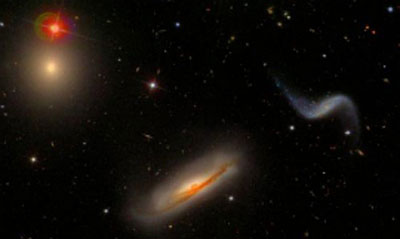 Astronomers at Swinburne University of Technology and their international collaborators have found evidence that galaxies that are located in groups might be running out of gas.
Astronomers at Swinburne University of Technology and their international collaborators have found evidence that galaxies that are located in groups might be running out of gas.
Nov 26th, 2013
Read more
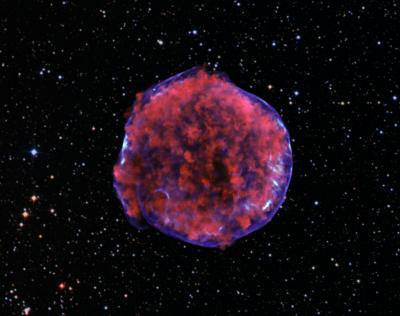 When a star explodes as a supernova, the material blasted outward from the explosion still glows hundreds or thousands of years later, forming a picturesque supernova remnant. What powers such long-lived brilliance? In the case of Tycho's supernova remnant, astronomers have discovered that a reverse shock wave racing inward at Mach 1000 (1,000 times the speed of sound) is heating the remnant and causing it to emit X-ray light.
When a star explodes as a supernova, the material blasted outward from the explosion still glows hundreds or thousands of years later, forming a picturesque supernova remnant. What powers such long-lived brilliance? In the case of Tycho's supernova remnant, astronomers have discovered that a reverse shock wave racing inward at Mach 1000 (1,000 times the speed of sound) is heating the remnant and causing it to emit X-ray light.
Nov 25th, 2013
Read more
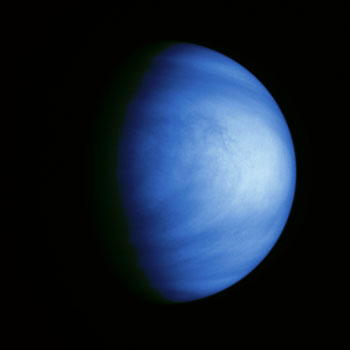 A week after launching a new orbiter to investigate the upper atmosphere of Mars, NASA is sending a sounding rocket to probe the atmosphere of Venus.
A week after launching a new orbiter to investigate the upper atmosphere of Mars, NASA is sending a sounding rocket to probe the atmosphere of Venus.
Nov 25th, 2013
Read more
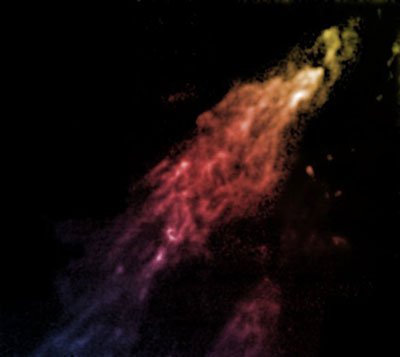 Our Galaxy may have been swallowing 'pills' - clouds of gas with a magnetic wrapper - to keep making stars for the past eight billion years.
Our Galaxy may have been swallowing 'pills' - clouds of gas with a magnetic wrapper - to keep making stars for the past eight billion years.
Nov 25th, 2013
Read more
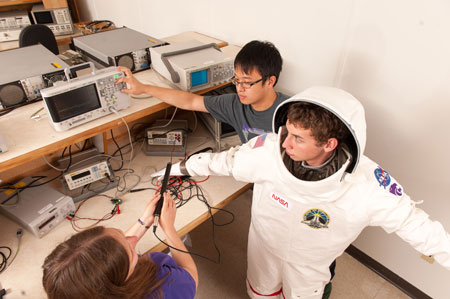 By working with a model spacesuit, a group of Kansas State University engineering professors and students are exploring how wearable medical sensors can be used in future space missions to keep astronauts healthy.
By working with a model spacesuit, a group of Kansas State University engineering professors and students are exploring how wearable medical sensors can be used in future space missions to keep astronauts healthy.
Nov 25th, 2013
Read more
No matter how painstakingly we choose the materials to build satellites, once a mission is over they are just so much junk. But what if one day they could be recycled in space for future missions - perhaps as construction material, fuel or even food?
Nov 25th, 2013
Read more
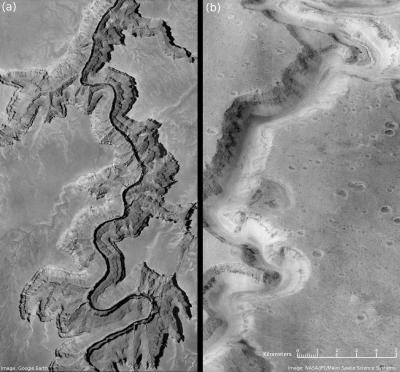 Much like the Grand Canyon, Nanedi Valles snakes across the Martian surface suggesting that liquid water once crossed the landscape, according to a team of researchers who believe that molecular hydrogen made it warm enough for water to flow.
Much like the Grand Canyon, Nanedi Valles snakes across the Martian surface suggesting that liquid water once crossed the landscape, according to a team of researchers who believe that molecular hydrogen made it warm enough for water to flow.
Nov 24th, 2013
Read more
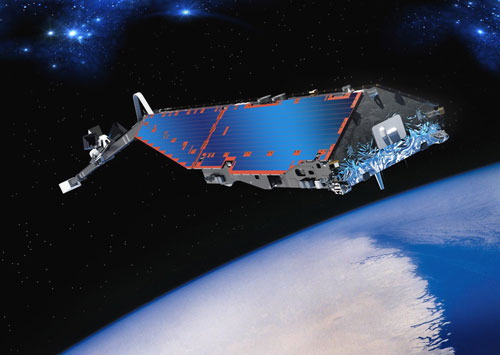 SWARM is an ESA mission as part of its 'Living Planet' program. The satellite swarm is to measure the Earth's magnetic field from space with unprecedented precision for at least four years.
SWARM is an ESA mission as part of its 'Living Planet' program. The satellite swarm is to measure the Earth's magnetic field from space with unprecedented precision for at least four years.
Nov 22nd, 2013
Read more

 Subscribe to our Space Exploration News feed
Subscribe to our Space Exploration News feed













